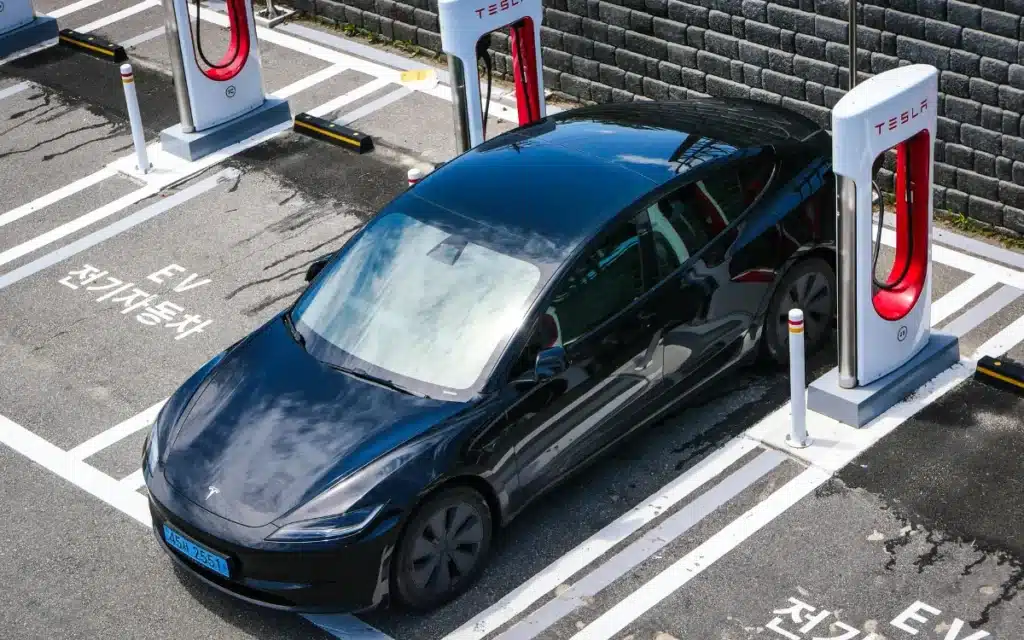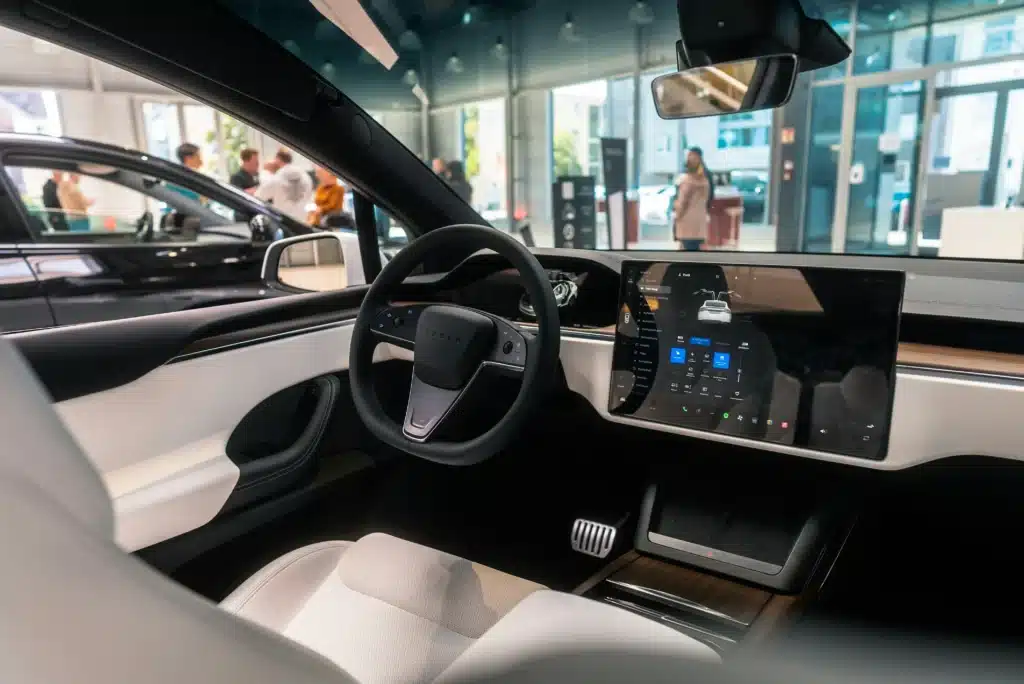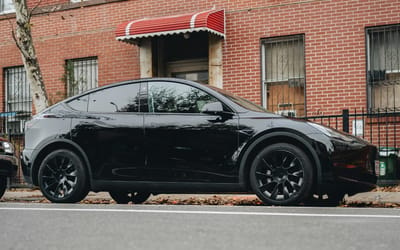EVs are making even strong-stomached drivers sick, report finds
Published on Jul 28, 2025 at 2:28 PM (UTC+4)
by Grace Donohoe
Last updated on Jul 28, 2025 at 9:15 PM (UTC+4)
Edited by
Emma Matthews
A new report has found that even some of the strongest-stomached drivers are being made ill by EVs.
EVs use some of the most advanced forms of technology to ensure every ride is smooth, but some drivers and passengers with motion sickness issues experience feelings of nausea when sitting in the cabin.
However, a recent study has found that by adding some features, feeling sick in your EV could be a thing of the past.
It’s all down to motions and braking, but there could be a solution very soon.
VISIT SBX CARS – View live supercar auctions powered by Supercar Blondie
Motion sickness feelings in EVs could be making drivers sick
EVs have been around for many years now, and have modern features, but despite boasting lashings of new technology, some drivers have reported feeling unwell due to motion sickness.
Due to features like regenerative braking controlled by one pedal, the motions can simply throw people off balance, according to ABC.
Regenerative braking is when energy is taken and converted into electricity when a car needs to slow down, and is used to help the brakes on the car.

One pedal braking can sometimes cause bumps in the ride, and in order to lessen the feeling of sickness in the car, there’s a certain knack to controlling it that needs to be mastered.
However, according to The Guardian newspaper, a factor that contributes to motion sickness in an EV is also a lack of experience.
You see, our brains can lack precision when working out what’s going on, as they rely on our past experiences in car cabins. And when what you’re feeling doesn’t match what you remember, nausea can follow.
One study has suggested a solution to this, though, by providing auditory motion cues.
The study found that when a high level of regenerative braking with the cues was used, motion sickness decreased.

As the study published in the International Journal of Human–Computer Interaction explained:
“The findings highlight the importance of motion cues in EVs and provide insights into the design of RB systems and corresponding human-machine interaction strategies.”
Electric cars are taking over the auto industry year by year
Thanks to a huge shift from gas-powered cars to electric-powered vehicles, there has been an increase in demand for EVs.
China is often ahead of the curve and has produced some impressive technology that’s brought its electric vehicle industry light-years into the future.
For example, it recently managed to debut EV batteries that can be swapped out as quickly as filling up a tank at a gas station.
Plus, we can’t forget that just a few months ago, the country had a breakthrough in EV battery safety standards that make fires impossible.
What are your thoughts on motion sickness in EVs? Does the one pedal braking motion make your tummy turn?
DISCOVER SBX CARS: The global premium car auction platform powered by Supercar Blondie




